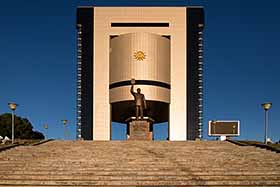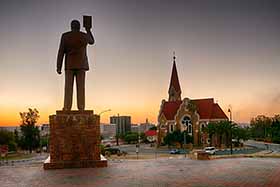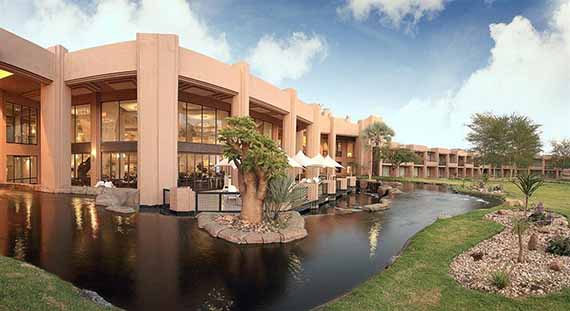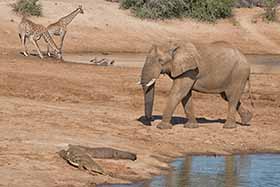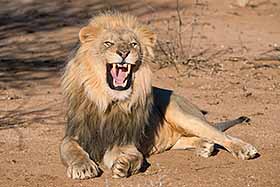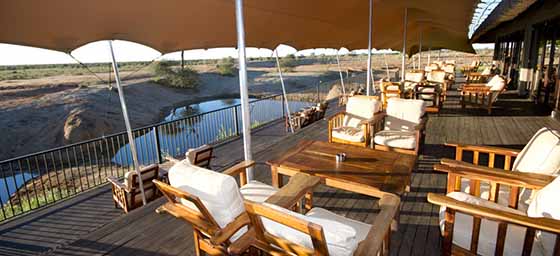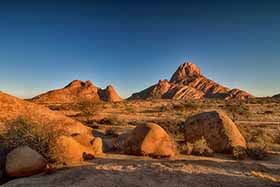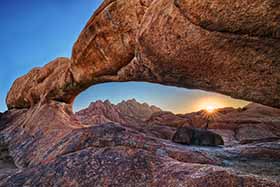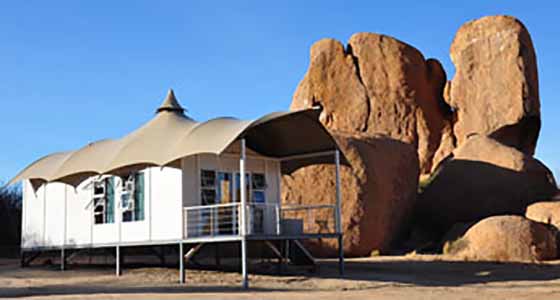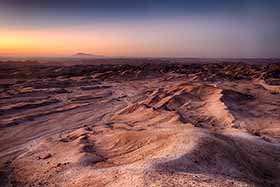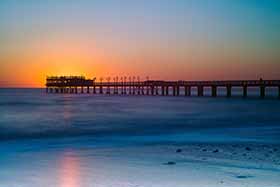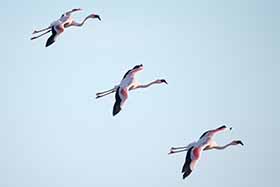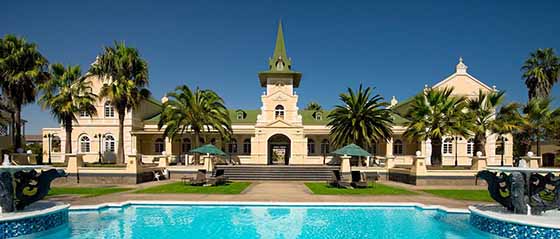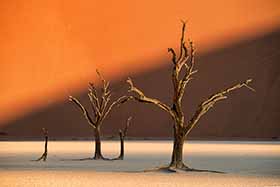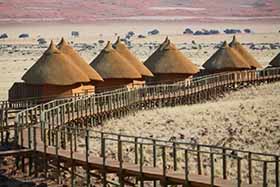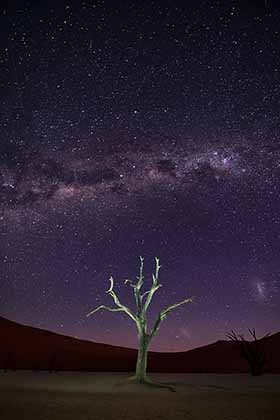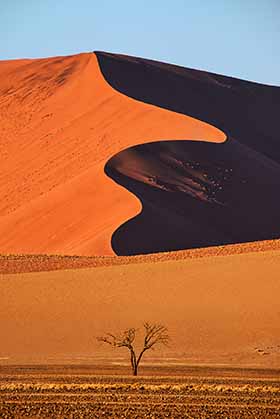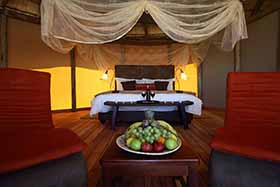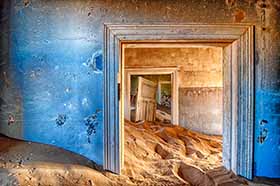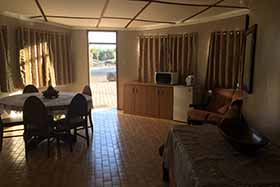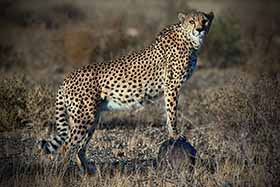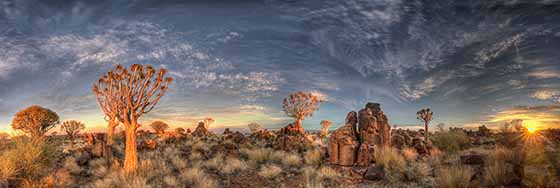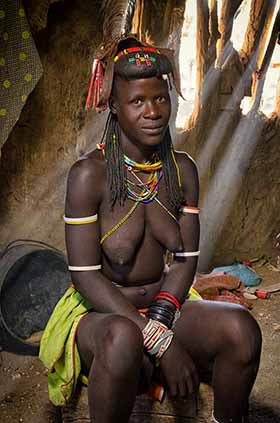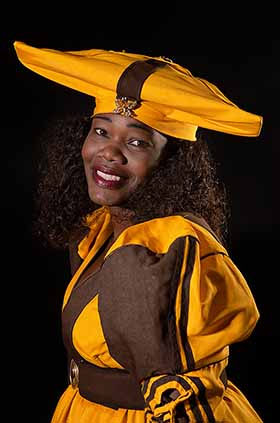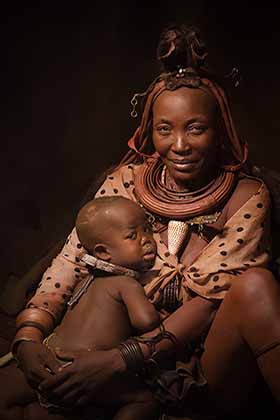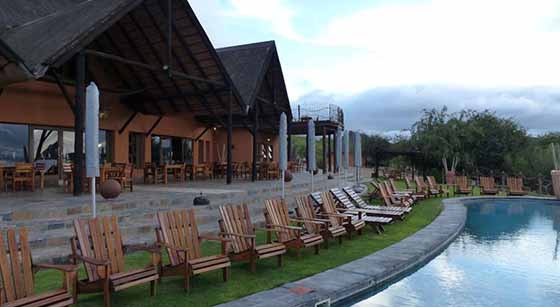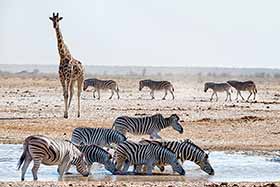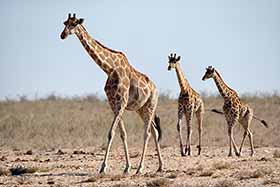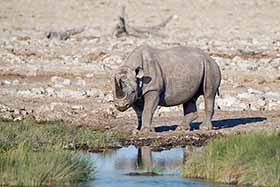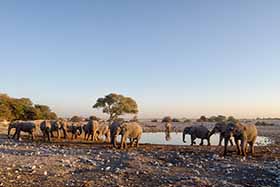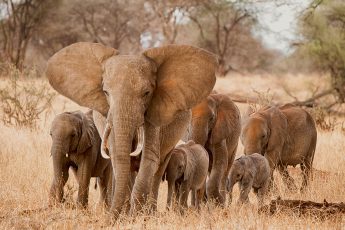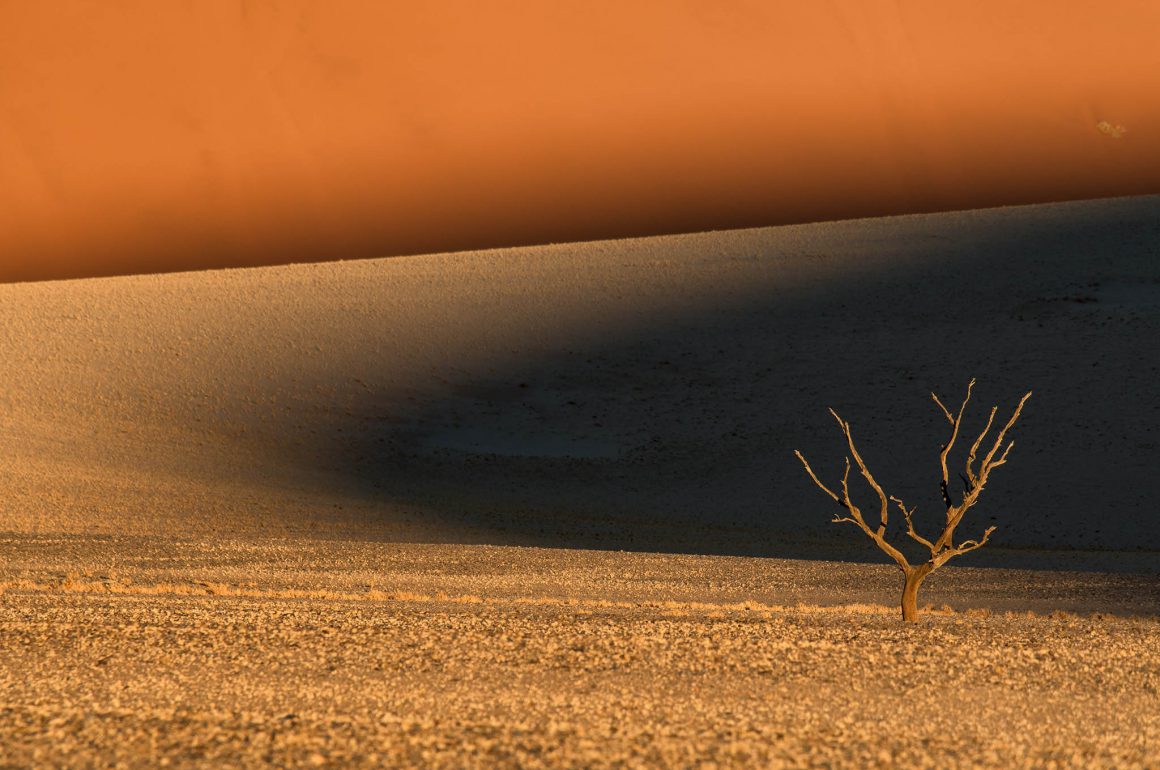
When people think of the African continent, many naturally consider the amazing wildlife. East Africa and the wildebeest migration is certainly one of nature’s most spectacular events, and most travellers to Africa are naturally drawn to the “Big 5”, that being lion, leopard, elephant, rhino and buffalo. Namibia, however, has much more to offer than the “Big 5”, it also includes highlights such as the Quiver Trees in Keetmanshoop, the Ghost Diamond mining town of Kolmanskop, sand dunes of Sossus Vlei and also the often overlooked Himba, Dhimba and Herero people of Opuwo.
After our first night in Windhoek, the capital of Namibia, we head north-west to Erindi Private Game Reserve where we have the opportunity to get up close to an abundance of African wildlife. In addition to safari drives in the mornings and afternoons, we also have the opportunity to relax on the viewing deck overlooking the main waterhole and photographing the wildlife. It’s a great way to get over any jetlag, and there’s no lazier way to photograph than reclined in a deck chair with drink in hand.
Arising some 1728 metres above the surrounding Namib desert, Spitzkoppe is one of Namibia’s most recognizable landmarks, however one that is often overlooked by travellers. We are very fortunate to be staying in a newly opened lodge for one night, allowing us ample time to explore the amazing granite peaks during sunset and sunrise the following morning.
Swakopmund is a beach resort known for its German colonial architecture. The beautiful Swakupmond Hotel is our accomodation for two nights, serving as a base for us to venture out locally for photography. Apart from the local jetty at sunset, we head into the desert to photograph the unusual moon landscape as well as enjoy a boat trip around Walvis Bay to photograph seals, flamingos, pelicans and if lucky, the resident dolphins. This amazing experience is topped off with some fine dining at local restaurants.
The Sossus Vlei and Dead Vlei are salt and clay pans found in the southern part of the Namib Desert. This spectacular area offers some of the most iconic photography in Namibia, particularly the Dead Vlei where scorched black acacia trees stand defiantly against the red sand dunes rising high above the clay pan.
The ghost diamond mining town of Kolmanskop is a photography favorite, where the sands of the Namib Desert are ever so slowly consuming the buildings. With special photographic permits, we’re able to explore and photograph the town from sunrise to sunset, whilst other tourists can only visit between 9 am and 1 pm. Kolmanskop is great to explore and photograph throughout the day with the continually changing light.
With a small population and very little light pollution, Namibia is also one of the best destinations in the world for night photography, and the Quiver Tree Forests near Keetmanshoop offer a great foreground to complement the spectacular night sky. This tour has in fact been scheduled so we are in Keetmanshoop at the right time for astrophotography. It’s a great location to explore and photograph at sunrise, sunset and night, however it doesn’t end there. On the final morning of the main tour, we will also enjoy a special photo shoot with the resident Cheetahs.
After an amazing two weeks of travel, the main tour concludes however there is the option of joining us on an additional week of travel to the north of the country. Opuwo is a destination often overlooked by photographic tours, however, one that will certainly be a highlight of any trip to Namibia. The semi-nomadic Himba with their red ochre covered bodies are as photogenic as any landscape on offer, and we are privileged to be able to visit and photograph two villages for the purpose of documentary and portrait photography. In addition to the Himba, a visit to Dhimba and Herero tribes will offer their own unique experience.
Finally, Namibia is a great place to see and photograph wildlife, with Etosha National Park being one of the best in the entire continent. The secret of Etosha National Park is the waterholes, with the middle of the year being an optimum time to visit because there is less water. One just has to visit the many waterholes in the park to watch the wildlife coming in to drink.
Namibia is, without a doubt, a visual feast for photographers with endless desert landscapes, wild seascapes, amazing wildlife, colonial cities and remote nomadic people. For photographers, it’s unlike anywhere else in Africa, and I have put together this amazing tour to make the very most of many of the great photographic opportunities on offer.



